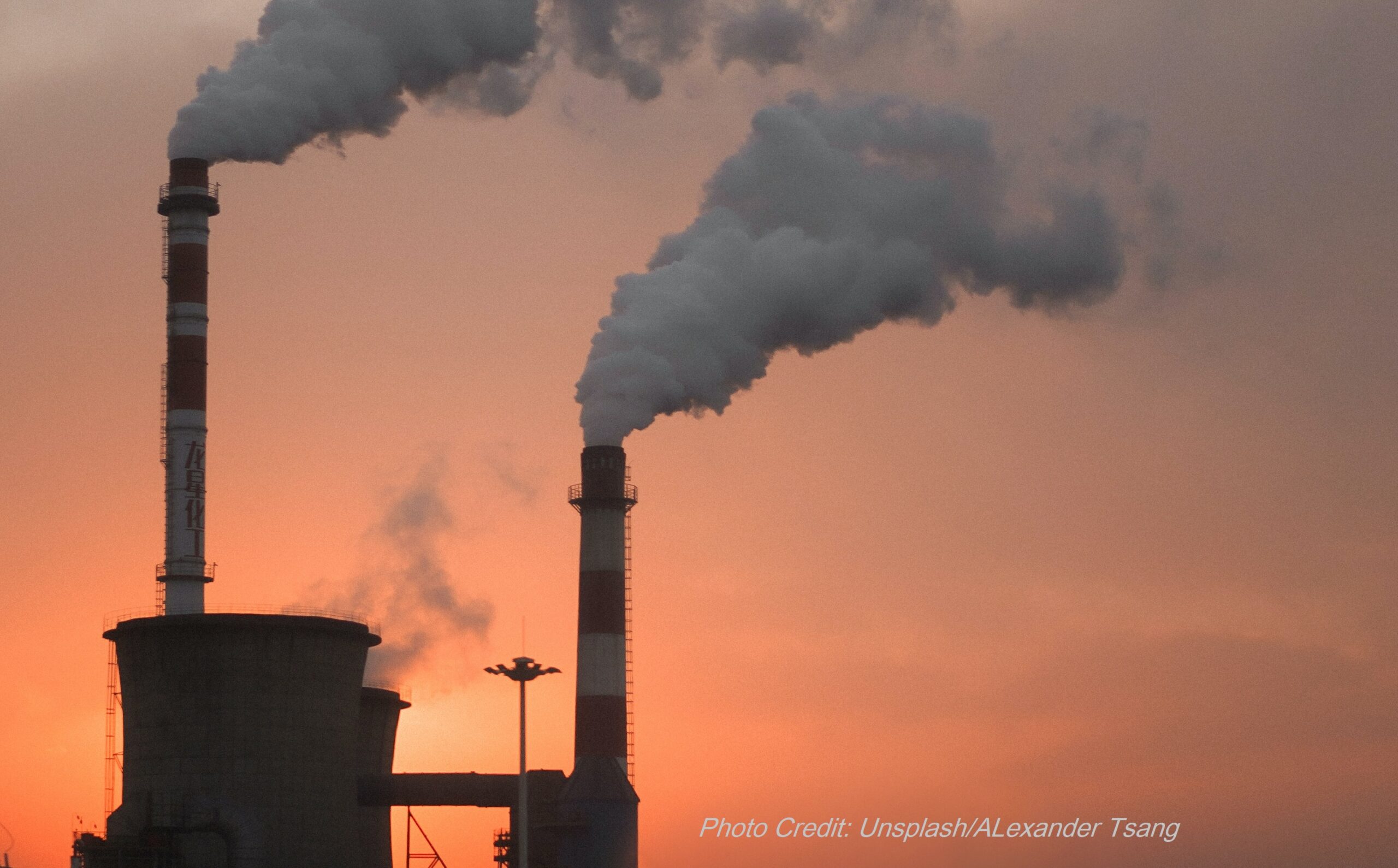You might think we’re so far away from California, with mountains, deserts, and miles of land in-between, that we wouldn’t really care about whether California has a waiver which allows it to set stronger standards than national standards. In reality, California’s waiver does affect our health.
Read Mothers & Others’ Dr. Anne Mellinger-Birdsong’s oral testimony at the EPA hearing about California’s vehicle emissions waiver, which was June 2: #HealthyAirIsHealthCare
– – – – – – – – – – – – – – – – – – – – –
Let me say up front, Mothers & Others For Clean Air strongly supports EPA’s proposal to restore California’s authority to enforce greenhouse gas and air pollution standards. At least 13 other states and Washington DC follow these standards. Between the other states with the California standards and the fact that air pollution crosses state borders, the California standards improve health for people all over the country, including where I live in Georgia.
As a pediatrician, I know that air pollution is very harmful to children, and that children do not have equal exposure to air pollution. It has prenatal effects that hurt children as soon as they’re born: preterm birth and low birthweight, and effects on post-natal growth, cognitive development, and autism.
It causes asthma attacks, and it causes children to develop asthma. If you have ever had to give a breathing treatment to a child struggling to breathe during an asthma attack, it is not something you will ever forget.
Air pollution damages children’s lung growth through the teen years, so that their lungs end up 10-12% smaller than normal. This sets them for a lifetime of lung problems when they are adults.
Air pollution makes all people, including children, more susceptible to viral illnesses: influenza, RSV (respiratory syncytial virus), and COVID.
Adults face a myriad of health problems from air pollution, which is as bad for our health as smoking cigarettes. In fact, a scientific study found that long term exposure to higher levels of ozone has the same impact on emphysema as smoking a pack a day of cigarettes. Air pollution causes heart attacks, heart failure, strokes, diabetes, and dementia, and is linked to high blood pressure, obesity, and end stage kidney disease.
Because exposure is so inequitable, black and brown communities suffer more of the health burdens caused by air pollution.
Intertwined with the devastating health problems caused by air pollution, is climate change. Climate change is a true health emergency. Most air pollution is a greenhouse gas, and anything that produces CO2 or methane is also producing air pollution that harms our health.
Where I live in Georgia, doctors are already seeing health problems from climate change: more heat illness, air pollution spikes, and injuries and deaths from flooding and extreme storms.
I urge EPA to quickly finalize this proposal and restore California’s Advanced Clean Cars authority.
References:
- Bekkar, et al. Association of Air Pollution and Heat Exposure With Preterm Birth, Low Birth Weight, and Stillbirth in the US: A Systematic Review. doi:10.1001/jamanetworkopen.2020.8243
- Perera, et al. Prenatal Airborne Polycyclic Aromatic Hydrocarbon Exposure and Child IQ at Age 5 Years. www.pediatrics.org/cgi/doi/10.1542/peds.2008-3506
- Garcia, et al. Association of Changes in Air Quality With Incident Asthma in Children in California, 1993-2014. JAMA. doi:10.1001/jama.2019.5357
- Gauderman, et al. Association of Improved Air Quality with Lung Development in Children. NEJM doi:10.1056/NEJMoa1414123
- Horne, et al. Short-Term Elevation of Fine Particulate Matter Air Pollution and Acute Lower Respiratory Infection. doi: 10.1164/rccm.201709-1883OC
- Wang, et al. Association Between Long-term Exposure to Ambient Air Pollution and Change in Quantitatively Assessed Emphysema and Lung Function. JAMA doi:10.1001/jama.2019.10255
- Abrams, et al. Impact of air pollution control policies on cardiorespiratory emergency department visits, Atlanta, GA, 1999-2013. doi: 10.1016/j.envint.2019.01.052
- Peters, et al. Air Pollution and Dementia: A Systematic Review. doi:10.3233/JAD-180631
- Bowe, et al. Particulate Matter Air Pollution and the Risk of Incident CKD and Progression to ESRD. doi:10.1681/ASN.2017030253
- Di, et al. Air Pollution and Mortality in the Medicare Population. DOI: 10.1056/NEJMoa1702747
- Tessum, et al. PM2.5 polluters disproportionately and systemically affect people of color in the United States. DOI: 10.1126/sciadv.abf4491
- Mikati, et al. Disparities in Distribution of Particulate Matter Emission Sources by Race and Poverty Status. doi:10.2105/AJPH.2017.304297
- Thind, et al. Fine Particulate Air Pollution from Electricity Generation in the US: Health Impacts by Race, Income, and Geography. DOI: 10.1021/acs.est.9b02527
06/04/2021





